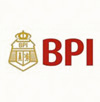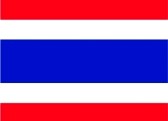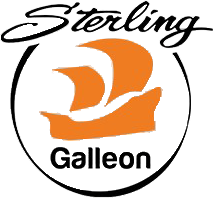All Categories




Rip Curl Men's A1048-BLU Ventura Tidemaster 2 Blue PU Rubber Tide Watch
Share Tweet
of brand new stock?
or
Need this item ASAP?
Check if this is available on Amazon
or available in other sites
Send us the link so we can buy for you








Rip Curl Men's A1048-BLU Ventura Tidemaster 2 Blue Features
-
Preprogrammed tide function: electronically stored tide charts for 200 preset locations world wide
-
Automatic Tide System (ATS): Rip Curl's patented averaging tide system. Easily set to thousands of beaches worldwide
-
Lightweight ABS construction for ultimate performance and comfort in and out of the water
-
Other features include: dual time, light, countdown timer, stop watch, alarm and date and time functions
-
Water resistant to 330 feet (100 M): suitable for snorkeling, as well as swimming, but not diving
About Rip Curl Men's A1048-BLU Ventura Tidemaster 2 Blue
Amazon.com The easy-to-read Rip Curl Men's Ventura Tidemaster 2 Blue PU Rubber Tide Watch offers a black dial with both digital and analog time. The large, circular dial displays silver-toned, bar-shaped hour indexes, silver-toned hour and minute hands, and a red seconds hand. Ideal for diving, swimming laps, and other water sports, the watch features a stopwatch, alarm, a countdown timer, date function, and a back light. Preprogrammed with tide charts for 200 preset positions around the world, the watch also features the patented Automatic Tide System (ATS) so you can easily set your location to thousands of beaches. A stainless steel bezel frames the dial while the lightweight, blue ABS plastic case provides strength and comfort. Made from tough polyurethane, the blue watch strap is secured with a buckle clasp, and the mineral crystal window protects from scratches and nicks. The timepiece is equipped with reliable quartz movement and is water resistant to 330 feet (100 meters). The Rip Curl Story The year: 1969. A man called Armstrong is about to walk on the moon. (In fact, the day he does so, Bells Beach is ten foot and near perfect. Two Torquay locals, Charlie Bartlett and Brian Singer, surf t heir brains out before going home to watch the other momentous event on black and white TV.) In Australia, surfing is at a curious stage of its development. The “short board revolution” of 1967 has created a frenzy of experimentation in surfboard design and surfing technique. In the cool climate of Victoria, sanity prevails in design and technique, if not in the temperaments of the surfers. The cold, always a great leveller, has created a hardy breed of surfer who has no time for the hoopla and hype of the glitter beach capitals of the world. And by 1969 these like-minded souls have begun to gravitate towards the equally no-frills seaside town of Torquay, just a couple of kilometers away from Bells Beach, home of some of the most challenging waves in Australia. And it is into this environment that Doug “Claw” Warbrick and Brian “Sing Ding” Singer decide to pitch their fledgling surf company, Rip Curl. And yes, it will be called Rip Curl. Rip Curl Surfboards did well in a highly competitive market which had opened up in response to the revolution in design. Pioneers like Gordon Woods and Barry Bennett in Sydney and George Rice in Victoria had been joined by hundreds of wide-eyed hopefuls operating, like Rip Curl, out of garages and tool sheds. In many cases enthusiasm and innovation overshadowed technical expertise and quality, but Rip Curl concentrated on producing a small number of functional surfcraft for local waves. In 1970, however, Warbrick and Singer made the decision which changes forever the nature of their fledgling company. Looking at the essential needs of their fellow surfers in cold-water Victoria, they see that one – a board to ride – is being serviced by too many companies, while the other – a wetsuit to keep out the cold – is being serviced by only two, one of whom makes wetsuits for divers and has only a marginal commercial interest in surfing. Rip Curl took over an old house in Torquay and the partners made a small investment in a pre-World War II sewing machine. They put together a crew of locals and went into production, cutting out the rubber on the floor and handing the pieces to an over-worked and underpaid machinist. By today’s standards, the prototype Rip Curl wetsuits were primitive, but they differed from others on the market in that they evolved through interaction with surfers. The people who ran the company were – and still are – the test pilots. There can be no more direct line of communication...
























